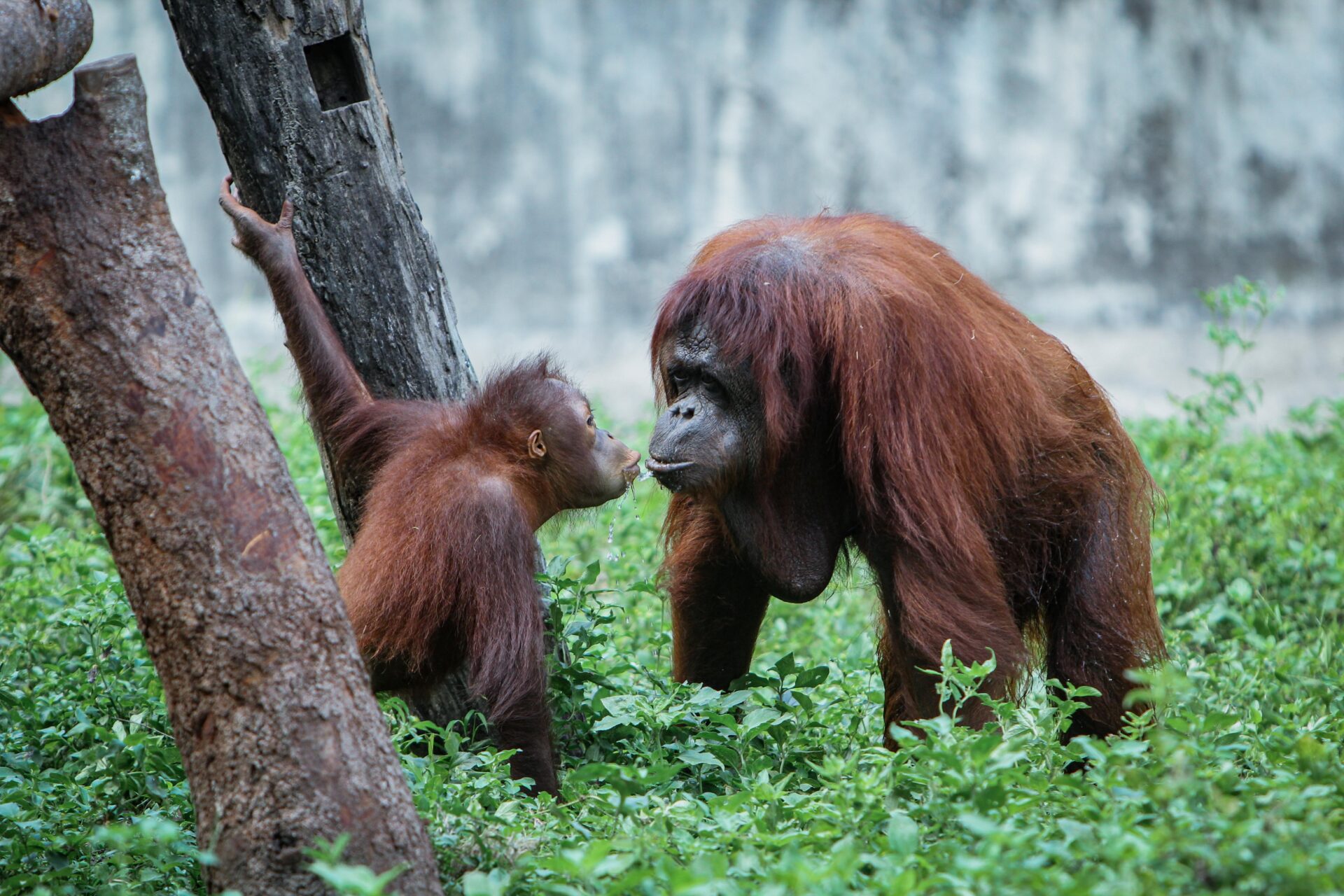Wildlife tourism is booming, but not all animal experiences are created equal. Too often, what’s sold as an ‘ethical sanctuary’ is little more than a glorified zoo, where animals are bred for captivity, forced into human interaction, or exploited under the guise of conservation.
But for travelers who genuinely want to support wildlife, there are sanctuaries and conservation projects around the world where tourism directly benefits animals, protecting their habitats, funding rescue efforts, and ensuring they remain wild and free.
Here are seven of the world’s most ethical wildlife sanctuaries that are actually making a difference.
1. Sheldrick Wildlife Trust – Kenya
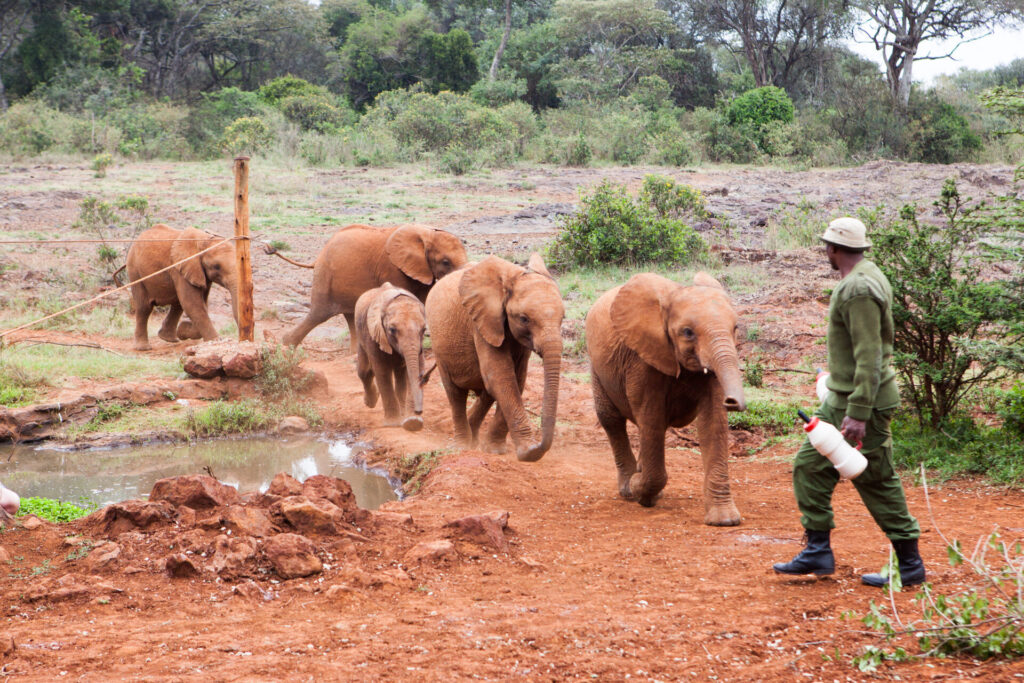
Best for: Rescuing and rehabilitating orphaned elephants
There are few wildlife encounters as moving as visiting the Sheldrick Wildlife Trust, where orphaned baby elephants – many rescued from poaching incidents – are nurtured back to health before being released back into the wild. Visitors can watch these playful pachyderms during public feeding hours, and every adoption directly supports their care. Unlike some so-called ‘sanctuaries,’ there are no elephant rides or hands-on experiences, just true conservation at work.
2. Borneo Orangutan Survival Foundation – Indonesia
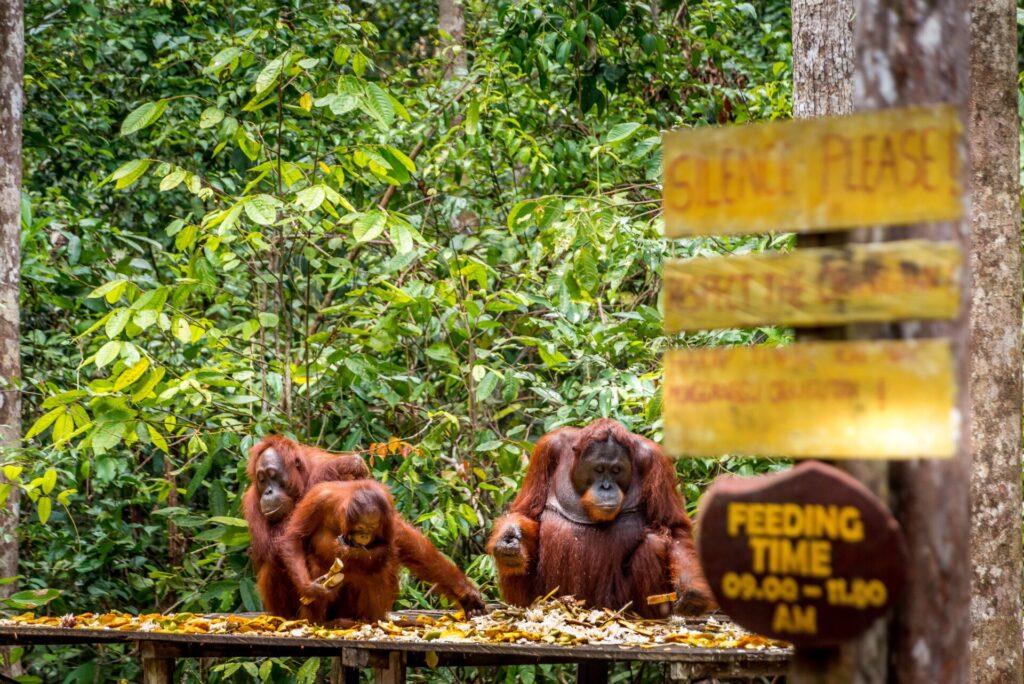
Best for: Seeing orangutan rehabilitation up close
The Borneo Orangutan Survival Foundation (BOSF) works to rescue and rehabilitate orangutans displaced by deforestation and the palm oil industry. While BOSF itself focuses on rehabilitation and doesn’t allow direct interaction, visitors can witness conservation in action through guided tours at Tanjung Puting National Park. This UNESCO-listed reserve is home to one of the largest populations of wild and rehabilitated orangutans, along with proboscis monkeys, gibbons, and crocodiles. While these semi-wild orangutans sometimes approach the viewing platforms for food, interactions are kept to a minimum, ensuring they maintain their natural behaviours.
Unlike unethical wildlife parks, there’s no petting, no chains, and no artificial enclosures, just a rare chance to witness these incredible primates where they truly belong: in the wild.
3. The Jane Goodall Institute – Uganda
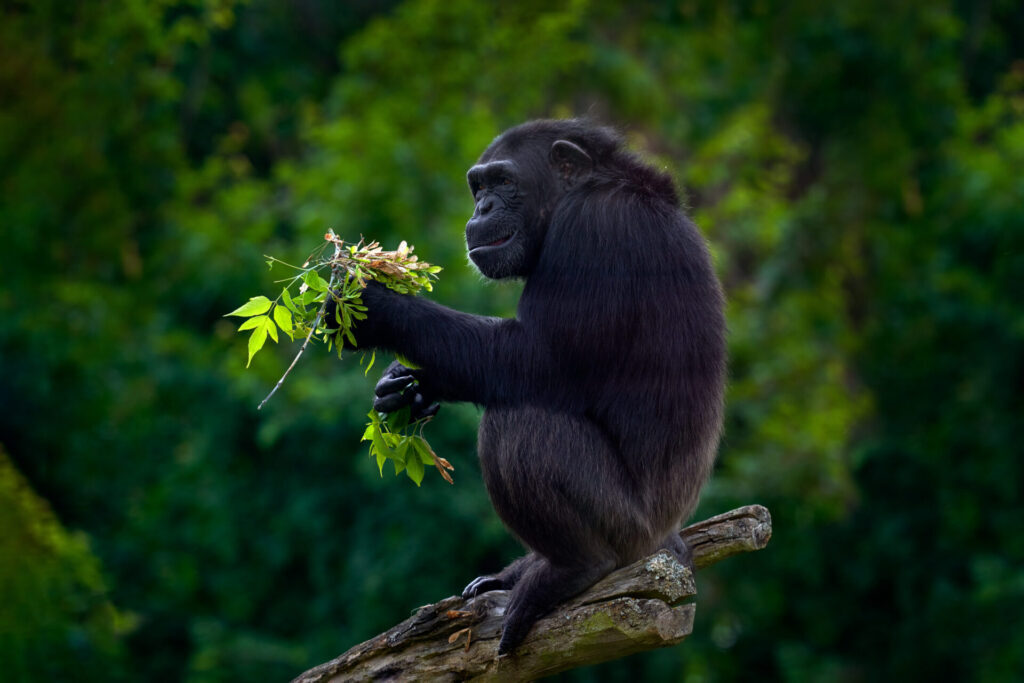
Best for: Supporting chimpanzee conservation
Founded by the legendary Dr. Jane Goodall, the Ngamba Island Chimpanzee Sanctuary is home to rescued chimps who can’t return to the wild. Unlike some wildlife centres that allow unnatural interactions, this sanctuary puts the animals first—visitors can observe chimps roaming their forested island home from designated viewing platforms. Every visit helps fund their care and supports conservation work across Uganda.
4. Elephant Nature Park – Thailand
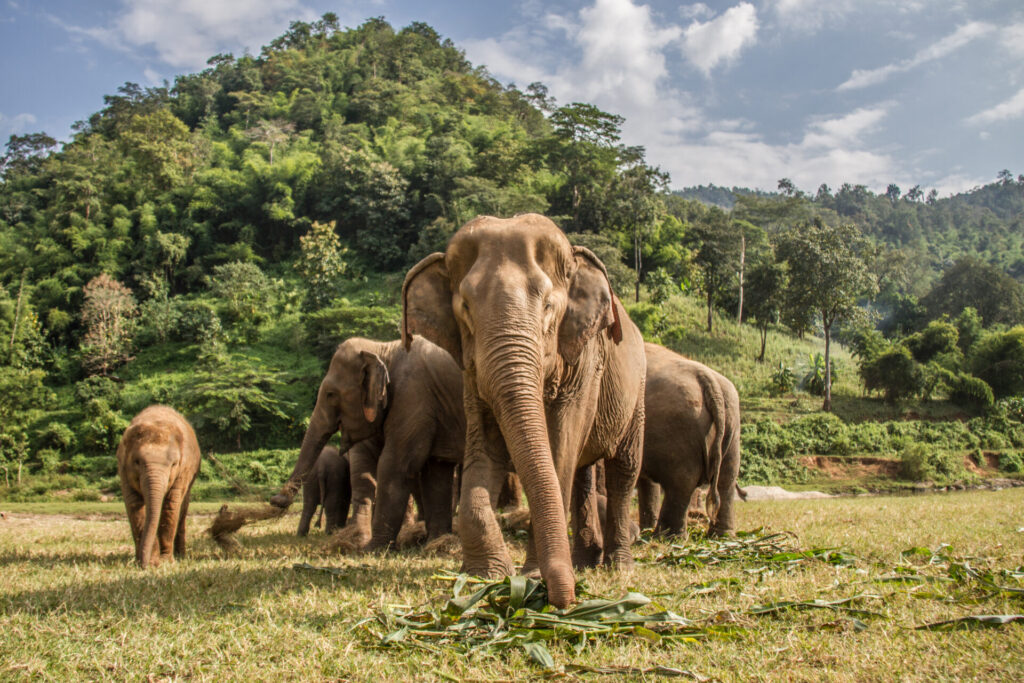
Best for: Ethical elephant tourism
Unlike many elephant ‘sanctuaries’ in Thailand, where elephants are still ridden, chained, or made to perform tricks, the Elephant Nature Park is a true haven. Founded by the renowned conservationist Lek Chailert, this sanctuary rescues elephants from logging, street begging, and tourism abuse. Visitors can observe and walk beside these gentle giants, but there are no rides, no forced bathing sessions, and no exploitation.
5. Big Life Foundation – Kenya & Tanzania
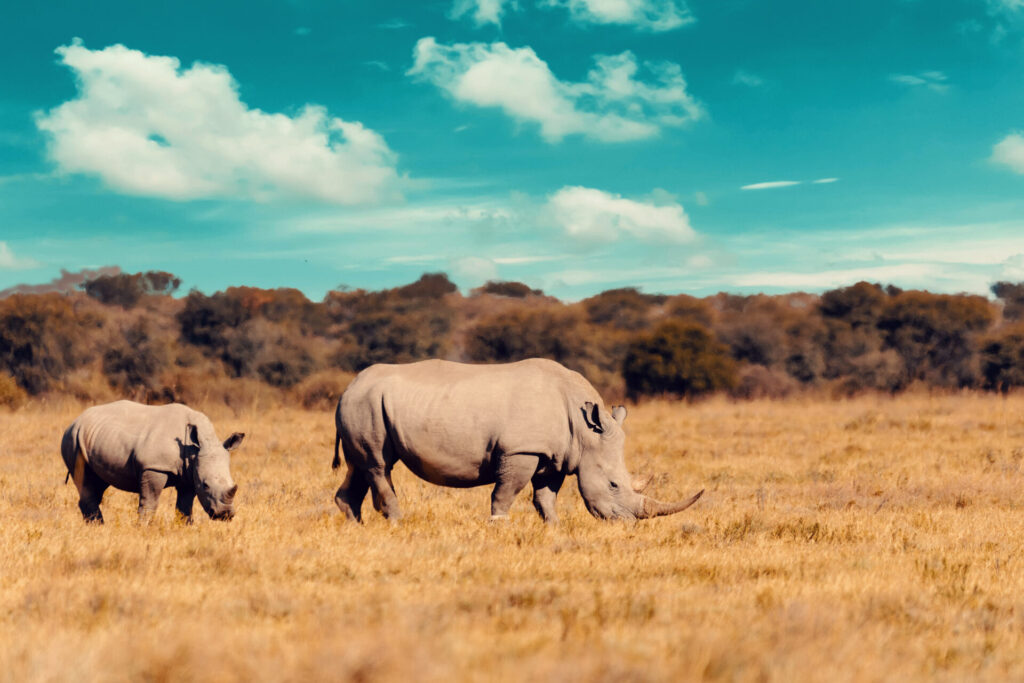
Best for: Safaris that protect wildlife
For those dreaming of an ethical safari, Big Life Foundation proves that wildlife tourism can actively protect animals. By hiring local Maasai rangers, funding anti-poaching patrols, and investing in community-led conservation, this initiative helps ensure lions, elephants, and rhinos thrive in the wild. Visitors can stay in eco-lodges that support the project and witness first-hand how conservation and responsible tourism go hand in hand.
6. MONA Foundation – Spain
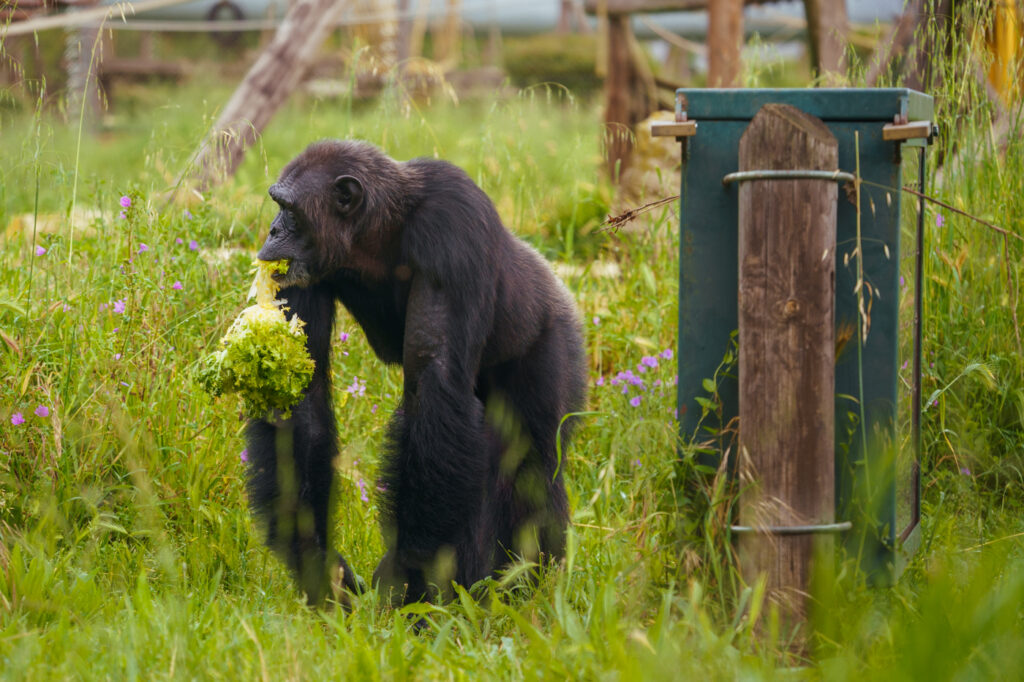
Best for: Rescuing primates from the pet and entertainment industries
The MONA Foundation provides a forever home for primates who have been rescued from circuses, television, and illegal pet trade. These animals, many of whom arrive traumatised, are given large, natural enclosures where they can learn how to be chimps again. Visitors can tour the centre, learn about their stories, and see first-hand how rehabilitation works. But here’s what sets MONA apart: no physical contact and no unnatural shows, just care and conservation.
Australia Zoo Wildlife Hospital – Australia

Best for: Rescuing and rehabilitating native wildlife
Founded by the Irwin family, the Australia Zoo Wildlife Hospital treats injured koalas, kangaroos, and other native species, often victims of habitat destruction, wildfires, or road accidents. Unlike most zoos, this facility is first and foremost a hospital, with a huge emphasis on releasing animals back into the wild. Visitors can tour the hospital, learn about wildlife rescue efforts, and directly support their groundbreaking conservation work.
How to Identify Ethical Wildlife Sanctuaries
Not all sanctuaries are created equal. Here’s how to tell if a wildlife centre actually helps animals:
- No touching or forced interactions (selfies with wild animals is a serious red flag)
- Animals are rescued, not bred for captivity
- Rehabilitation and rewilding are the main focus
- Your visit directly supports conservation, not exploitation


